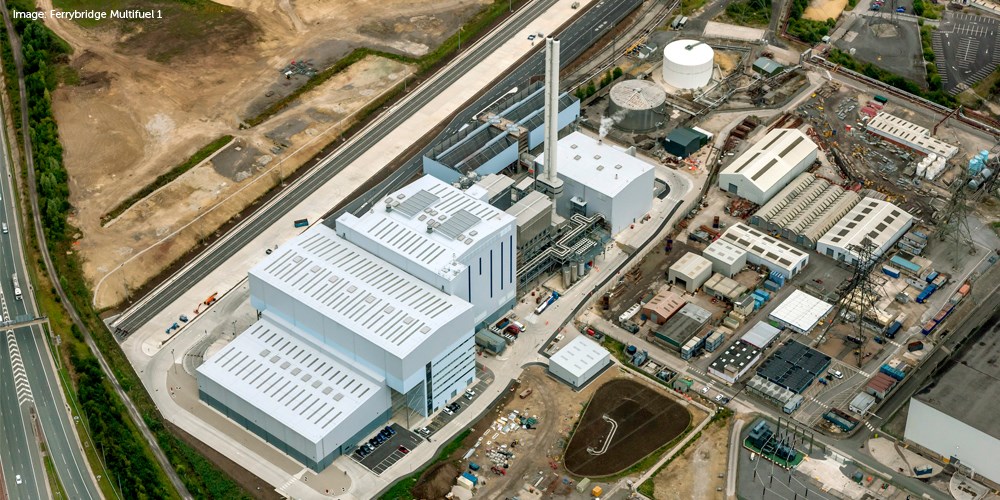Bin-emptying trade body the Environmental Services Association today publishes its “EfW Heat Network Directory”, bidding to put right the UK’s scandalous waste of heat from energy-from-waste plants.
The ESA represents most of Britain’s energy-from waste (EfW) operators, who last year flagged up the need for such a guide. Backing for the free, online resource comes from fellow fans of piped heat the Association for Decentralised Energy (ADE) and D-BEIS.
Check it out here https://www.esauk.org/heat-network-directory, free of charge.
Waste unsuitable for landfill is burned at incinerator sites, too few of which in Britain are plumbed into heat networks or CHP generators.
A total of 7,762 GWh, or nearly 3% of Britain’s electricity, resulted in 2020 from the UK’s 50 or so working EfW plants.
However, fewer than a dozen of those 50 currently export their heat. Not for the first time in energy infrastructure, Britain pitifully lags continental Europe. There almost all EfW plants serve their communities with useful both heat and power.
Whitehall, its advisors the Climate Change Committee and garbage disposal chiefs anticipate that low carbon heat networks will have to meet heating and hot water demands of 1.5 million homes by 2030, more than tripling today’s meagre 420,000 homes served.
The Climate Change Committee suggests too that heat distributed over networks will have to grow from today’s 3% by 2050to 18% of all heat consumed, so that Net Zero can be achieved.
“We have to stop wasting the opportunity of heat from waste!”, in the blunt words of Kieran Sinclair, the ADE’s heat policy manager.
“The rest of Europe (makes) the most of its EfW. On the continent, the heat produced from the rubbish-burning process is nearly always captured and used to provide affordable, low carbon heating for homes and businesses.
In the UK, more than three-quarters of EfW projects simply waste the heat they generate”.
A heat offtake deal can provide saleable heat without emitting any additional carbon, Sinclair pointed out.
The ESA’s new directory of existing EfW plants will help to change this by highlighting where heat networks can be connected, and in doing so, modernise households and commercial properties across the country.
“Heating the nation’s buildings is the single largest source of greenhouse gas emissions in our energy system”, said Jacob Hayler, the ESA’s executive director.
“The current energy crisis throws into sharp relief the benefit of EfW heat and power in protecting against price volatility”, Hayler went on. “The energy generated is produced as a by-product of long-term waste management contracts. It is not subject to the global market forces affecting other fuel sources”.
Energy minister Lord Callanan agreed. “Heat networks powered by energy-from-waste sites are an important and low-cost part of the UK’s low carbon heating mix helping protect consumers from the volatility of fossil fuel prices”, he said.




